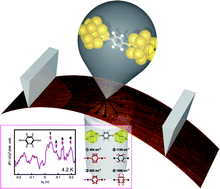Identifying molecular signatures in metal-molecule-metal junctions
Abstract
Single molecule identification in metal-molecule-metal junctions provides an ultimate probe that opens a new avenue for revolutionary advances in demonstrating single molecule device functions.


 Please wait while we load your content...
Please wait while we load your content...